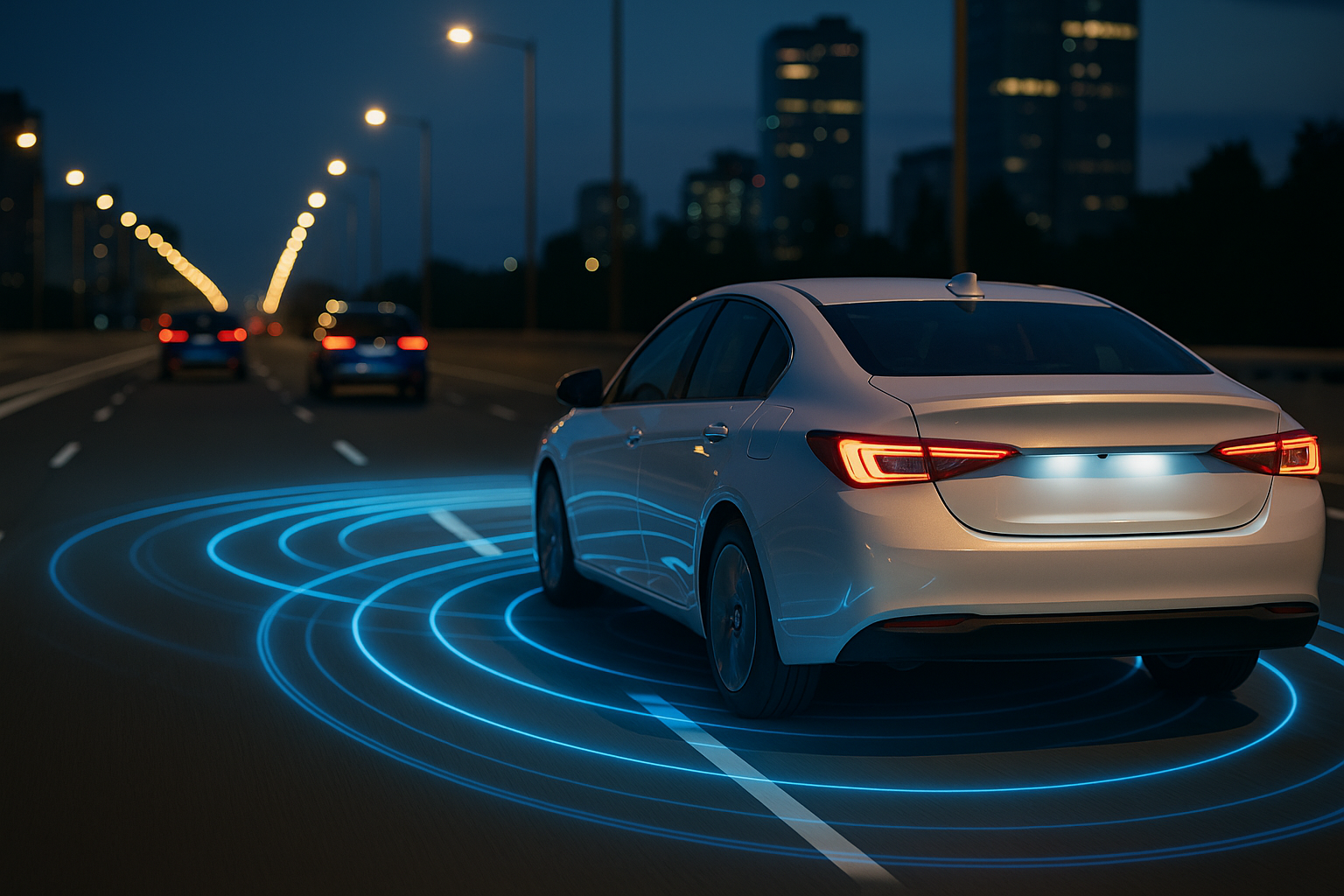The Rise of Vehicle-to-Everything (V2X) Technology: How Cars Are Becoming Smarter, Safer, and More Connected
As the automotive industry rapidly shifts toward innovation and automation, one groundbreaking technology is revolutionizing how vehicles interact with their surroundings: Vehicle-to-Everything, or V2X. This emerging system allows cars to communicate with each other, with traffic infrastructure, and even with pedestrians — enhancing safety, efficiency, and the driving experience. While electric vehicles (EVs) and autonomous driving often steal the spotlight, V2X technology is quietly becoming the backbone of a more intelligent transportation network.
What is V2X?
V2X stands for «Vehicle-to-Everything,» a broad term encompassing several types of communication technologies:
- V2V (Vehicle-to-Vehicle): Enables cars to share information like speed, direction, and location.
- V2I (Vehicle-to-Infrastructure): Connects vehicles to road infrastructure such as traffic lights, signs, and construction zones.
- V2P (Vehicle-to-Pedestrian): Detects nearby pedestrians using smartphones or wearable devices.
- V2N (Vehicle-to-Network): Connects cars to the cloud for real-time traffic, weather, and map updates.
- V2G (Vehicle-to-Grid): Integrates electric vehicles with the energy grid for optimized power distribution.
These technologies work together using wireless communication protocols like DSRC (Dedicated Short-Range Communications) and C-V2X (Cellular Vehicle-to-Everything), with the latter gaining more traction due to its use of 4G/5G networks.
Real-World Applications That Are Already Making a Difference
1. Collision Avoidance
V2V communication allows vehicles to share information about their speed, braking, and steering maneuvers. For example, if a car suddenly stops up ahead, it can notify cars behind it — even if they can’t see the obstacle yet — reducing rear-end collisions.
2. Green Light Optimization
V2I systems can signal upcoming traffic lights and suggest optimal speeds for drivers to catch green lights, reducing idling and emissions. This kind of predictive driving also cuts down fuel consumption and helps reduce city congestion.
3. Emergency Vehicle Alerts
Imagine being notified that an ambulance is approaching long before you hear its siren. V2X systems can relay signals to nearby cars, asking them to yield in advance, speeding up emergency response times.
4. Smart Parking Solutions
V2X can guide drivers to available parking spaces, reducing the time spent circling crowded urban areas. This not only improves convenience but also lowers unnecessary emissions.
5. Pedestrian Safety
Through V2P communication, vehicles can detect pedestrians or cyclists crossing the street, even when they are not visible due to parked cars or blind corners. Alerts can be sent to both the driver and pedestrian, preventing accidents before they happen.
Why V2X is Critical for Autonomous Vehicles
Autonomous vehicles rely heavily on cameras, lidar, and radar sensors to interpret the environment. However, these technologies have limitations—such as line-of-sight constraints and difficulty detecting in poor weather. V2X supplements these weaknesses by providing real-time data from other vehicles and infrastructure.
Self-driving cars with V2X capabilities can «see» beyond their sensor range, effectively expanding their awareness horizon. This is critical in scenarios like unprotected left turns or navigating intersections with obstructed views.
Challenges to Widespread Adoption
Despite its promise, V2X faces a few hurdles:
- Infrastructure Investment: Cities must invest in smart traffic systems that can communicate with vehicles, which requires time and funding.
- Standardization: Competing protocols (DSRC vs. C-V2X) and lack of universal standards have slowed down implementation.
- Privacy and Security: Sharing vehicle data over networks opens the door to cyber threats, requiring robust encryption and authentication mechanisms.
- Legacy Vehicles: The benefits of V2X are maximized only when most vehicles are connected. Until then, mixed-traffic conditions will limit its full potential.
The Role of 5G in Accelerating V2X
C-V2X is expected to leap forward with the rollout of 5G, which provides ultra-low latency and high bandwidth—key ingredients for real-time decision-making in traffic. With 5G, data exchange between vehicles and infrastructure becomes faster, more reliable, and capable of supporting advanced use cases like platooning (where vehicles drive closely together to reduce drag).
Global Implementation and Pilot Projects
- United States: Several pilot programs are underway in cities like Tampa and Ann Arbor, where V2I systems are being tested for traffic management.
- China: A major player in C-V2X deployment, China is investing heavily in smart highways equipped with roadside communication units.
- Europe: The EU has initiated various C-ITS (Cooperative Intelligent Transport Systems) projects, promoting cross-border interoperability.
These projects not only showcase the viability of V2X but also help develop a real-world roadmap for adoption.
How Soon Can We Expect Full Integration?
While a fully connected transportation ecosystem is still years away, the groundwork is being laid. Automakers like Audi, BMW, Ford, and Toyota are already integrating basic V2X functions into newer models. With governments and telecom providers pushing for smart infrastructure, V2X could become a standard feature in vehicles within the next decade.
Final Thoughts
The future of driving is not just autonomous or electric — it’s connected. V2X technology is more than a convenience; it’s a critical piece in the puzzle of making roads safer, reducing traffic, and creating a seamless travel experience. As it continues to evolve, it holds the potential to redefine how we move through the world, making the promise of smart cities and intelligent transportation networks a reality.
In a world where milliseconds matter, V2X might just be the silent hero of the next automotive revolution.


